The problem is in the simulator it outputs 1.678V, which calculates
to: (1.678 x 2) / 0.636 = 5.27V
The theoretical average value of a ½ wave rectified signal is the peak voltage (5 volts) divided by \$\pi\$. So you should get 1.59 volts at the mid point of the ripple on your falsetad simulation. And it looks like you do.
The peak of 1.678 is the wrong place to look because it is meaningless in the context of rectification and smoothing <-- it's the mid-point average of the ripple voltage where you look. If the simulation didn't auto-scale (very annoying) it would be easier for you to see.
So, if your real circuit output is 2.5 volts you might be making the same mistake and looking at the peak ripple voltage when the capacitor value you have used is significantly less than 10 uF.
